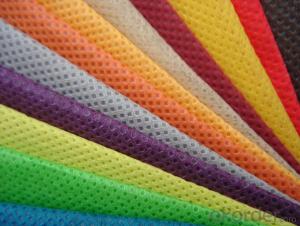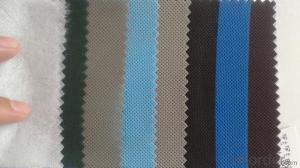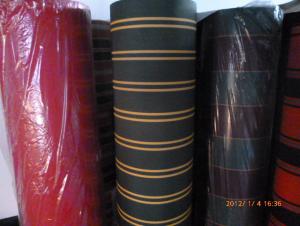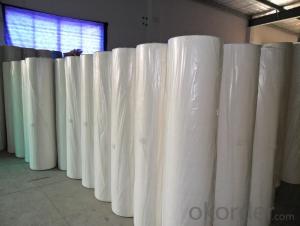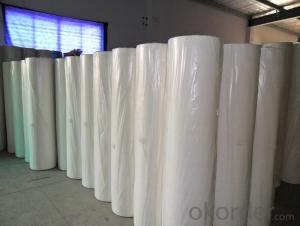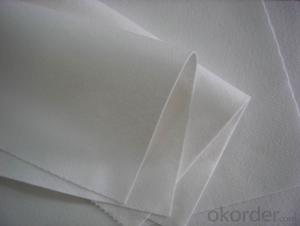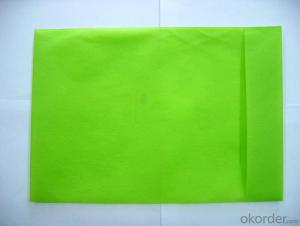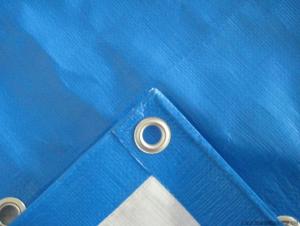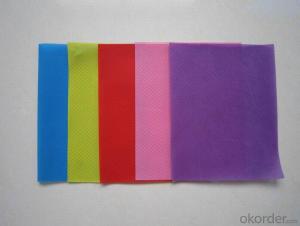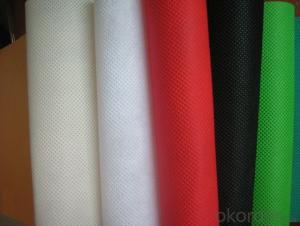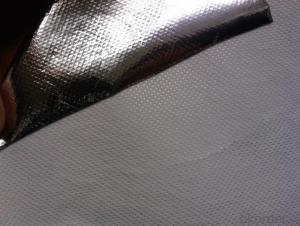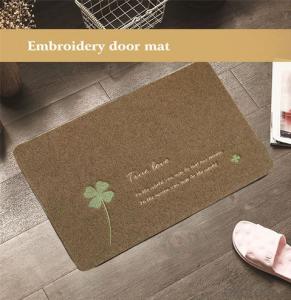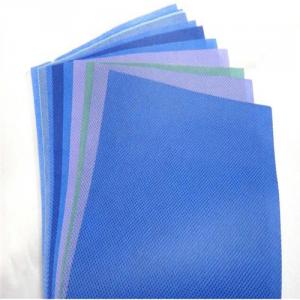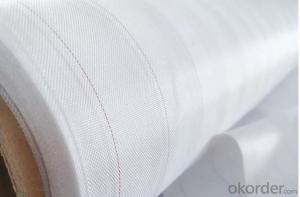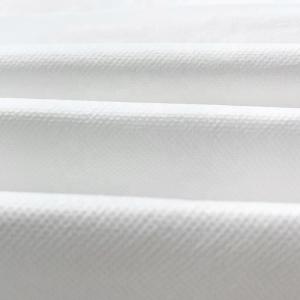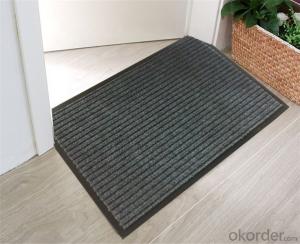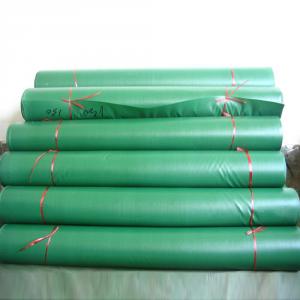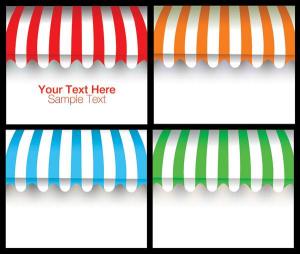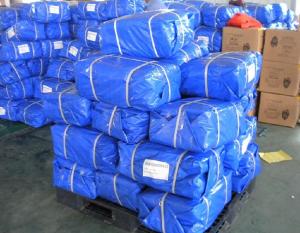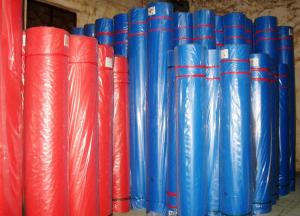Non-woven Fabric 100% PP spunbonded Hydrophobic
- Loading Port:
- Shanghai
- Payment Terms:
- TT OR LC
- Min Order Qty:
- 2000 m²
- Supply Capability:
- 500000 m²/month
OKorder Service Pledge
OKorder Financial Service
You Might Also Like
White spunbond PP non-woven fabric in Rolls
Introduction:
This is a plastic polymer, whose chemical composition is C3H6. The advantages of this type of plastic is the high melting point, compared with many other plastics. This gives the material a washable feature and provides heat to melt the ink and transfers heat to the fabric for logo printing. Polypropylene can also be easily dyed, which explains why this material is very popular for making reusable shopping bags
Specification:
Composition | 100%polypropylene non woven fabric material |
Weight(GSM) | 9-200g/m2 |
Max width(CM) | 1.6/2.4/3.2m, max width 36m by Ultrasonic welding Cut to custom size 1*1m 1.2*1.8m etc.
|
Roll Diameter(CM) | 2"(50.8mm) ,3"(76.2mm) |
Colors | Various colors are available, never fade |
MOQ(Tons) | 1 ton per color |
Payment | 30% deposit beforehand |
Delivery Time | 3-7 days after all confirmation |
Price Terms | FOB(Qingdao), CFR, CIF |
Outpacking | Wrapped by poly bay, inside with paper tube |
Supply Ability | 23 tons per day |
Characteristics | Excellent soft, Non-toxic, Water-resistant, Air permeable, Excellent property of processing |
Functional Treatments | Hydrophobic, Hydrophilic, Antibacterial, Fire retardant, Compounded, Laminative etc. |
Applications: | 1) Shopping bags,tablecloth,compund packing material,filter material 2) Medical field: Face mask; Surgical gown, protective colthes, operation cover, cap, shoe cover, bed sheet etc. 3) Sanitary and Health: Baby & adult diaper, feminie hygiene, hygiene pad, spron, incontinece pad etc 4)Agriculture and horticulture covers 5)Usage:widely used alone or as components of apparel, home furnishings, health care, engineering, industrial and consumer goods etc. |
Typical Application:


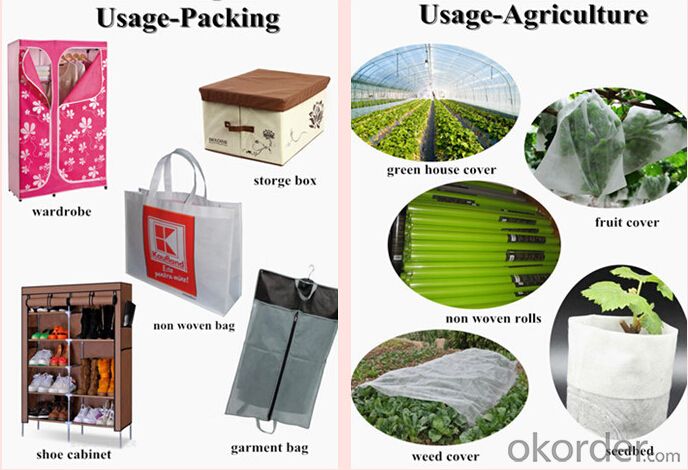
Container Loading:
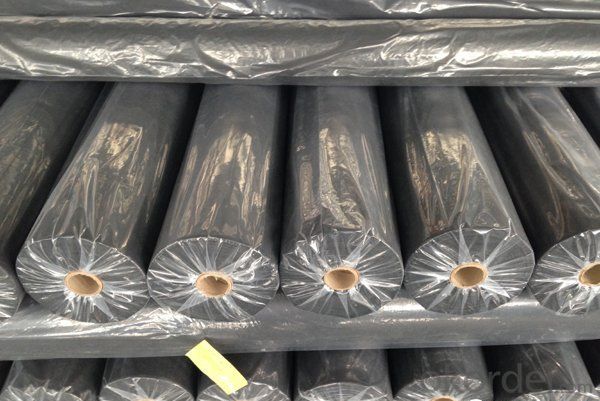
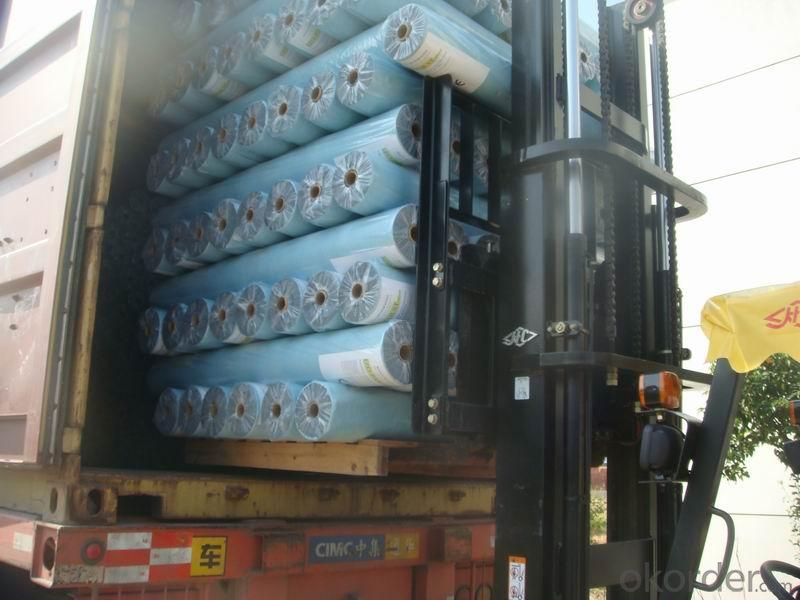
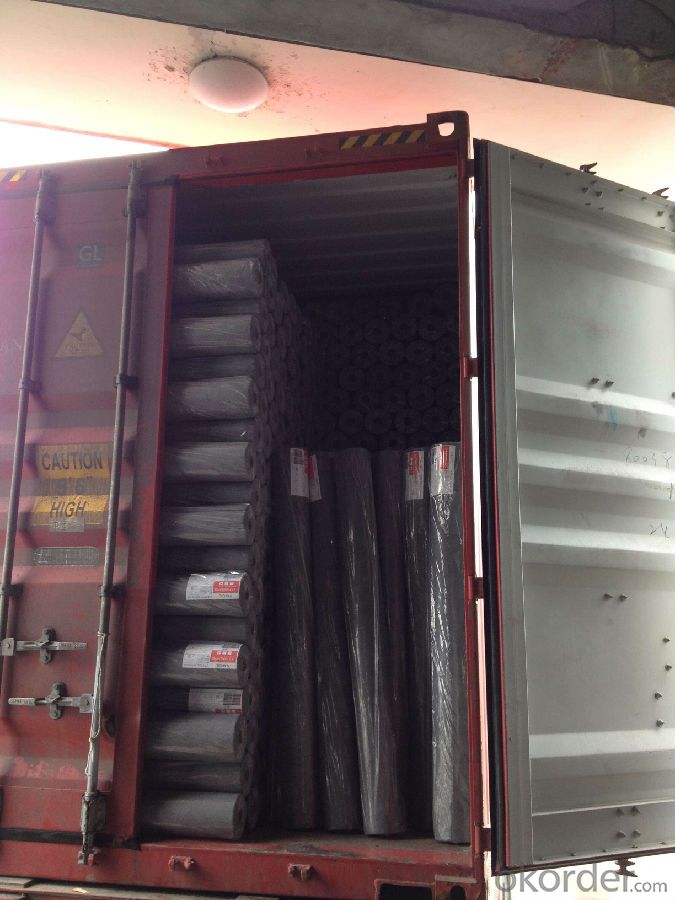
FAQ:
1. Where is your factory located in?
Our factory is located in Jiangsu province, close to Shanghai.
2. Have you ever been export?
Yes, our product has been exported to many countries.
3. Can we get samples?
Yes, we are free for samples, what you need to assume is freight charge.
- Q:What kind of fiber can be used as textile fiber
- Can be used as textile fibers with natural fibers and chemical fibers. 1, natural fiber source is divided into plant fiber and animal fiber, plant fiber, plant fiber is natural cellulose fiber
- Q:What is the anti-perspiration finishing of textiles?
- At present in the knitted fabric on the anti-perspiration finishing more mature, in the weight of the lower woven fabrics, especially on the light-colored anti-perspiration effect is not particularly ideal, the current domestic single-child can do a single anti-finishing manufacturers have a lot, But do not sell anti-perspiration stains, because of its high technical requirements,
- Q:What are the test tests for the color fastness of textiles?
- 13, resistant to non-chlorine color fastness 14, resistance to chlorine color fastness 15, acid color fastness 16, alkali color fastness 17, water-resistant color fastness 18, resistance to organic solvent friction color fastness
- Q:Textile raw materials of mineral fiber
- With natural or synthetic polymer materials as raw materials, through chemical or physical processing of the fiber obtained collectively. Because of the different sources of polymer compounds used, can be divided into natural polymer materials as raw materials of synthetic fibers and synthetic polymer materials as raw materials of synthetic fiber
- Q:What are the processes of dyeing and finishing of textiles?
- Different raw materials processing process is not exactly the same, the specific operation of specific raw materials.
- Q:What are the Advantages and Disadvantages of PE and PVC in Textile Fabrics
- PVC material for a long time inside the PVC will be peeling, PE material naturally will not, and each has its advantages, to see what is the use of the
- Q:What is the textile technology profession now?
- Spinning equipment and technology; the main introduction of the selection of spinning raw materials, cotton spinning process (open, carding, combing, parallel, roving, spun yarn and post-processing) equipment used in the main institutions and functions, Product quality of the advanced experience and the main technology, the typical equipment of the transmission and process calculations; on the basis of the introduction of wool technology, equipment, and a brief introduction to new spinning
- Q:What is the meaning of the number of yarns used in cotton textiles?
- Fiber only after the textile can become a fabric, and the first step is spinning yarn.
- Q:What are the types of textiles that are different?
- According to the different production methods are divided into line class, with class, rope, woven fabrics, textile fabrics and other six categories:
- Q:What is the specialty of textile science and engineering?
- With the rise of high-tech industry and the improvement of human environmental protection awareness, the development of high-tech textile put forward higher requirements,
1. Manufacturer Overview |
|
|---|---|
| Location | |
| Year Established | |
| Annual Output Value | |
| Main Markets | |
| Company Certifications | |
2. Manufacturer Certificates |
|
|---|---|
| a) Certification Name | |
| Range | |
| Reference | |
| Validity Period | |
3. Manufacturer Capability |
|
|---|---|
| a)Trade Capacity | |
| Nearest Port | |
| Export Percentage | |
| No.of Employees in Trade Department | |
| Language Spoken: | |
| b)Factory Information | |
| Factory Size: | |
| No. of Production Lines | |
| Contract Manufacturing | |
| Product Price Range | |
Send your message to us
Non-woven Fabric 100% PP spunbonded Hydrophobic
- Loading Port:
- Shanghai
- Payment Terms:
- TT OR LC
- Min Order Qty:
- 2000 m²
- Supply Capability:
- 500000 m²/month
OKorder Service Pledge
OKorder Financial Service
Similar products
New products
Hot products
Hot Searches

